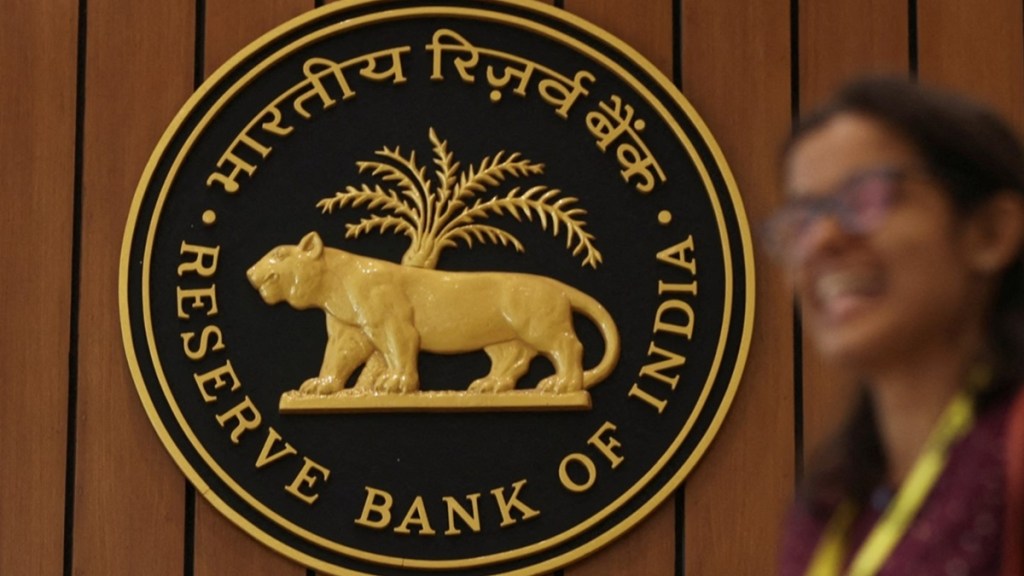By Prasanna Balachander & Sameer Narang
The Reserve Bank of India (RBI) kept interest rates and stance unchanged in this policy as expected. While the governor re-emphasised bringing inflation towards the target on a durable basis, the downward revision in near-term growth and upward revision in inflation estimates tells us the RBI is assessing the recent turn in domestic and global events. Even so, the global backdrop has changed much more than the domestic economic situation and that should give the Monetary Policy Committee (MPC) room to change its stance in December.
Global growth is holding up but some moderation is visible with trade seeing an upturn that benefitted Indian exports, which have picked up pace with services continuing to expand. However, US services are decelerating from a high pace, as visible in weaker job addition and a rising unemployment rate.
This should help align US inflation towards the target and weaker growth should give the Fed room to cut by 75 basis points (bps) this year. An additional factor supporting rate cuts is the increase in financial volatility in the last few days, which has impacted equity market returns and thus should have an impact on consumer confidence.
The RBI has revised its near-term growth for Q1 lower by 20 bps to 7.1% while keeping FY25 growth at 7.2% as a result of muted corporate earnings and lower government capex because of elections. While government capex should pick up, lower global commodity prices are a positive for corporate margins. ICICI Bank’s high-frequency economic activity index also shows growth should be around 7% with most indicators sustaining a positive momentum.
A bigger change in India’s growth momentum this year is the pick-up in agriculture growth on the back of good rainfall which has driven higher sowing and should boost rural incomes — already visible in higher fast-moving consumer goods and two-wheeler sales.
India’s capex-led growth is likely to continue with private sector capex likely to see an improvement with capacity utilisation already at 76.8% — the highest in 11 years — and government expenditure remaining capex-oriented despite fiscal consolidation. Real estate upcycle is also continuing with record low inventory, but the impact of recent change in capital gains is yet to be seen even as the government has grandfathered purchases made before the Budget.
While near-term growth estimates have been revised lower, Q2 and Q3 inflation estimates have been revised higher from 3.8% and 4.6% to 4.4% and 4.7% respectively.
The increase is driven by vegetable prices, which rose 14% in June over May and have continued to increase in July when telecom tariffs were raised by 10-27%, and will have an impact on headline inflation. The RBI has revised its March-end inflation estimate downwards to 4.3%, hinting that it expects these inflation shocks to dissipate in two quarters and good rainfall to lower food inflation over the next year.
Amid the discussion around how effective monetary policy can be in reducing food inflation, the governor emphasised that high food inflation adversely affects household inflation expectations, which have seen an increase since November 2023 and is a sign of transmission of persistently high food inflation.
However, in our view, slowing global growth and commodity prices is a positive for core inflation outlook when a good monsoon should lead to lower food inflation and thus help drive headline inflation closer to the target next year.
While the stance has been kept unchanged in this policy, liquidity conditions have changed from deficit in June — due to the build-up of government balances with advance tax and goods and service tax collections — to surplus in July and August because of government spending.
The RBI has undertaken variable rate reverse repo operations to absorb excess liquidity since July. Undertaking faster than estimated fiscal consolidation, the Centre has reduced its short-term borrowing by `1 trillion from the interim Budget. This has led to a 25-bps fall in T-bill yields compared with a 15-bps decline in a 10-year yield since the last policy.
A similar steepening bias is visible in the US where short-end yields have fallen more than long-end ones because markets are now pricing in more than a 100-bps rate cut by December. The RBI has been undertaking open market operation (OMO) sales to reduce the extent of durable liquidity, which has increased because of its FX intervention when seasonally demand for currency is weak, but on an incremental basis currency demand and FX intervention is far more balanced in H2. This implies the RBI may not have to do OMO sales.
This, along with the demand for bonds due to index inclusion and lower global yields when net supply of long-end bonds is limited and remains so given the Centre’s fiscal consolidation road map, bodes well for the outlook on yields. But the same cannot be said for deposits considering the enduring gap between credit and deposit implies that upward pressure on term deposit rates should continue.
The MPC should be in a position to assess the domestic impact of the global slowdown and volatility in financial markets by December, when the trajectory of food inflation would be clearer. It would be an opportune time to change stance and look at cutting rates when the Fed would have undertaken two rate cuts and look at a few more with a slowing economy that will impact global growth too.
The authors are respectively head-treasury and head-economics research group, ICICI Bank.
Disclaimer: Views expressed are personal and do not reflect the official position or policy of Financial Express Online. Reproducing this content without permission is prohibited.
